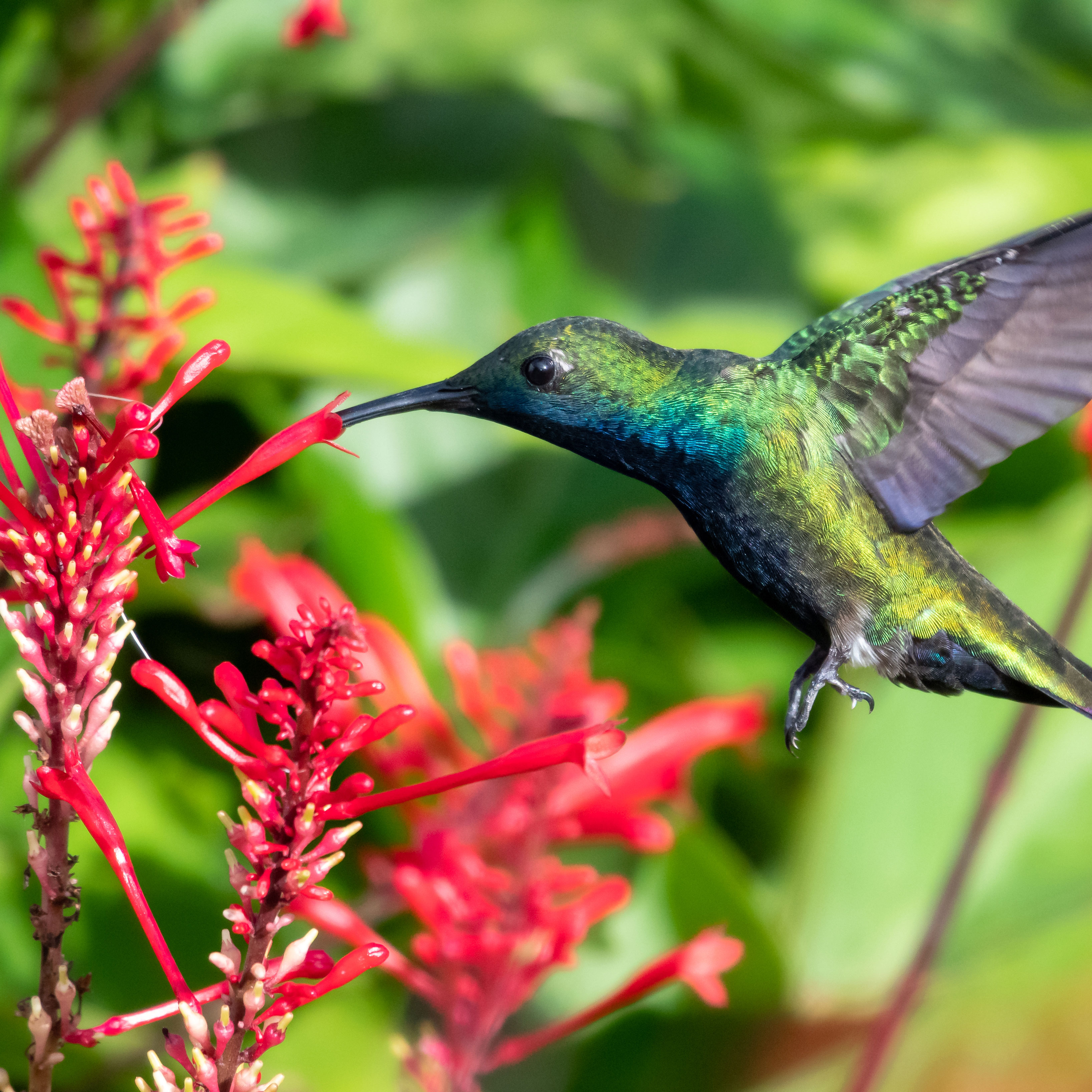Hydrangea Ringspot Virus: Controlling Ringspot Virus On Hydrangeas

As the name suggests, hydrangea ringspot virus (HRSV) causes round or ring-shaped spots to appear on the leaves of infected plants. However, identifying the causative agent of leaf spotting in hydrangeas is difficult, as many types of diseases show similarities to hydrangea ringspot symptoms.
Identifying Ringspot Virus on Hydrangea
Symptoms of hydrangea ringspot disease include pale yellow or yellowish white spotting on the leaves. Leaf distortions, such as rolling or crinkling, may be apparent in some varieties of hydrangea. Ringspot symptoms may also present as fewer florets on the flower head and stunting of normal plant growth. Testing of infected plant material is the only way to conclusively identify hydrangea ringspot virus.
In all, fourteen viruses have been found to infect hydrangeas, several of which have symptoms similar to hydrangea ringspot disease. These include:
- Tomato ringspot virus
- Tobacco ringspot virus
- Cherry leaf roll virus
- Tomato spotted wilt virus
- Hydrangea chlorotic mottle virus
In addition, these bacterial and fungal infections can mimic the symptoms of ringspot virus on hydrangea:
- Cercospora Leaf Spot – A fungal disease, cercospora causes small purplish brown spotting on the leaves. Severely infected leaves turn pale and fall to the ground.
- Phyllosticta Leaf Spot – This fungal disease first appears as water-soaked spots on the leaves. Phyllosticta leaf spots become rimmed with brown discoloration. Viewing the spots with a hand lens reveals fungal fruiting bodies.
- Powdery Mildew – Characterized by fuzzy, gray patching on the leaves, the branching filaments of powdery mildew fungus can be seen with a hand lens.
- Botrytis Blight – Reddish to brown blotches appear on hydrangea blossoms. With magnification, gray spores are visible on fallen leaves infected with the botrytis blight fungus.
- Hydrangea Bacterial Leaf Spot – Leaf spotting occurs when the bacterium Xanthomonas penetrates the leaves through open areas like the stomata or wounded tissue.
- Rust – The first symptoms of this rust disease include yellow spotting on the upper surface of the leaf with orange or brown blisters appearing on the underside.
How to Treat Hydrangea Ringspot
Due to their systemic invasion, there are currently no cures for viral infections in plants. The recommendation is to remove and properly dispose of infected plants. Composting may not adequately destroy viral components.
The primary mode of transmission for HRSV is through infected sap. Transference of the hydrangea ringspot virus can occur when the same cutting blade is used on multiple plants during the harvesting of flower heads. Sterilizing pruning and cutting tools is recommended. HRSV is not believed to be spread by vector insects.
Finally, prevention is the best method for controlling hydrangea ringspot disease. Don't buy plants showing signs of HRSV. When replacing an infected hydrangea with a healthy one, be aware the virus can survive in any root material left in the ground from the diseased plant. Wait at least a year to replant or use fresh soil when back filling around the new hydrangea to prevent reinfection.
Gardening tips, videos, info and more delivered right to your inbox!
Sign up for the Gardening Know How newsletter today and receive a free copy of our e-book "How to Grow Delicious Tomatoes".

Laura Miller has been gardening all her life. Holding a degree in Biology, Nutrition, and Agriculture, Laura's area of expertise is vegetables, herbs, and all things edible. She lives in Ohio.
-
 Terrifically Tubular Flowers For Hummingbirds: 9 Tube-Flowered Plants To Attract Hummers
Terrifically Tubular Flowers For Hummingbirds: 9 Tube-Flowered Plants To Attract HummersGrowing tubular flowers for hummingbirds helps you create the optimum feeding conditions for your winged friends. Here are nine tubed delights for hummers
By Tonya Barnett
-
 How To Grow Hydroponic Tomatoes For Fresh Indoor Harvests – No Soil Required
How To Grow Hydroponic Tomatoes For Fresh Indoor Harvests – No Soil RequiredLearning how to grow tomatoes in water is easy and allows you to harvest fresh-home-grown produce in every season without any mess.
By Ellen Wells